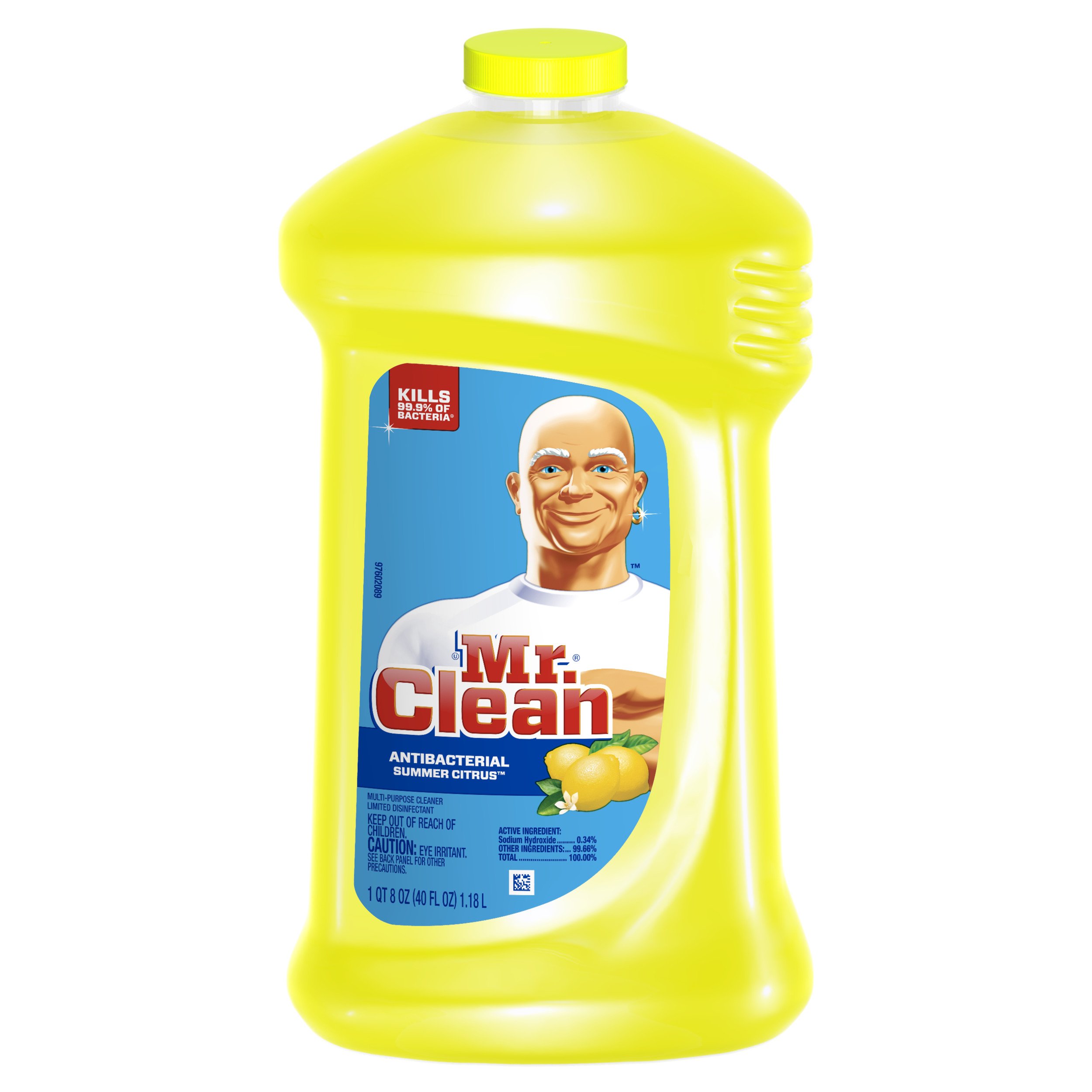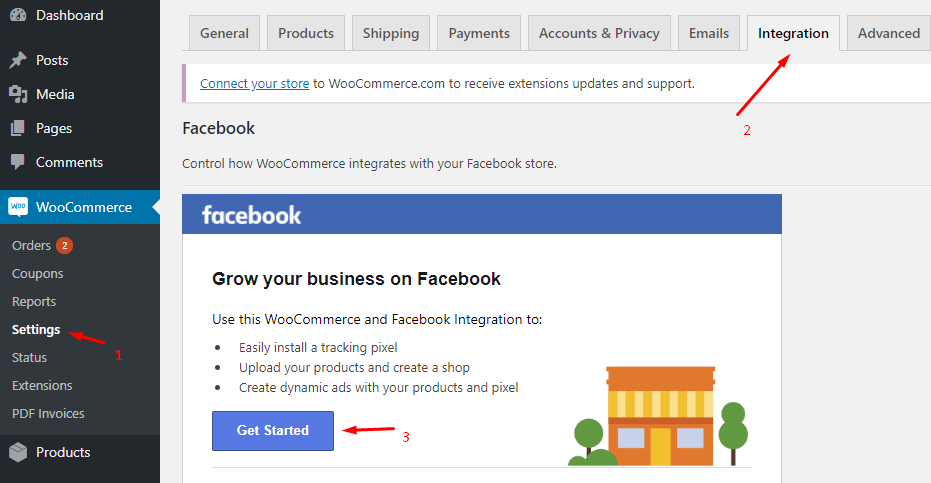
Statistics on customer service show that good customer service can make or break your business. Bad customer service can cost businesses $75 billion annually. A poor experience makes consumers change vendors, and almost half will switch brands after just one negative experience. Fortunately, if your customer service rep is friendly, helpful, and responsive, your consumers are likely to fall in love with your brand.
Top customers are the Millennials
According to statistics on customer service, Millennials are willing pay 21% more for a brand offering excellent service. This generation has different expectations, so customer service must change to meet their needs. 63% start customer service conversations online, while 43% prefer to call a company via their mobile phones. It is essential to tailor your customer service strategy to meet their needs.
Millennials place more importance on customer service than any other generation. According to statistics on customer service, millennials are more willing to pay for great customer service than the Baby Boomers and Gen X. They want to feel that the business cares about their needs. However, only 4% of millennials complain about bad customer care, while 96% remain silent. However, most people who are unhappy with a service experience will tell at minimum nine others about it. 13% will even tell more people.

Business customers who are not treated well cost them $75 billion per year
NewVoiceMedia has revealed that customers who are not satisfied with their service cost businesses $75 billion each year. This is an increase of $13 billion from the previous year, and it is time for organizations to take action. While it is impossible to pinpoint the exact cause of poor customer service, research suggests that businesses are suffering from internal missteps, changing consumer expectations, and a host of other challenges. Substandard customer service is costing organizations billions of dollars every year, regardless of its cause.
Research shows that people tend to remember bad experiences better than good ones. Even a single bad experience can cause a customer to lose faith in a company. Even if the customer doesn't complain directly to a company, they can tell up to 16 people about their dissatisfaction, which could lead to them switching to other companies. Another 51 percent of customers are unlikely to do business again with a company after a negative experience. As a result, organizations need to invest in prevention strategies to avoid this costly mistake.
Social media is the second-most used communication channel
Social media can be a powerful tool to improve customer service. It allows customers to interact with businesses 24/7. It allows businesses reach customers instantly, answer quick questions, and share interesting news first. It also allows businesses reach a wider audience. It is essential to be able to use social media effectively to make sure your customers are satisfied.
Telephone calls were, historically speaking, the fastest way for customers to get their issues resolved. It also beat the postal services. However, social media has shifted customer service to a more personal level. It is possible to increase sales and gain customers by using real-time communication. Companies that are able to respond quickly to social media users can enjoy a 3 to 20% increase in sales per interaction.

Poor customer service is a major concern for millennials
According to a recent study, millennials are more forgiving of bad customer service than older generations. In fact, 39% of millennials are willing to come back to a business after an experience with poor customer service. However, only 23% older consumers would want to go through the same experience again. This is despite the fact that millennials desire better customer service if their business is to be retained.
Although millennials have been a popular target market for many years, the generation has its downsides. This group is notoriously sensitive about poor service. Many companies have tried to reach this group.